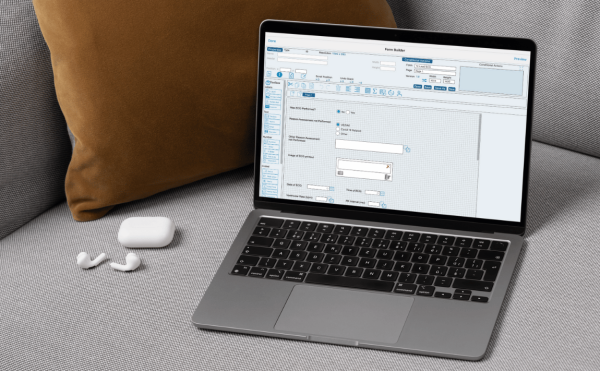Decentralized clinical trials (DCTs) are growing. We may not be seeing the deep and widespread adoption of decentralized approaches some predicted following the COVID-19 pandemic, but as time goes by, more and more researchers are finding the value of things like remote data collection and video visits. It has become cliche to say that people do not like change, but it is undeniably true. It is true that the global pandemic put unprecedented stress on the clinical research community and forced a significant shift toward technologies and approaches that allowed patients to participate in studies remotely. But, as the pandemic began to lift, most study teams reverted to the methods they were most comfortable with. In a nutshell, while research teams still used DCT approaches, they weren’t willing to wholly abandon the traditional approaches they perceived as “tried-and-true.”
All of this said, at a recent professional conference, the CDS team noticed an interesting trend in the conversations held at the booth, at dinner, and at the hotel. People wanted to talk about DCTs.
There is a lot to like about DCTs. As we continue to push the envelope with study designs, DCT approaches allow us to remove geographic obstacles for patients, they allow us to collect more data than ever before, and they help to deliver data directly into study databases bypassing opportunities for data errors. While the shift toward studies that include more DCT approaches is not moving as quickly as some thought, it is clear that they are already helping to reshape how modern studies are conducted.
Benefits of DCTs
The benefits of DCT approaches today are, largely, the same as they were when they first emerged onto the scene. DCTs can help reach more diverse and representative patient populations, as they do not require people to live near traditional study sites. They can also enhance data collection through mobile apps, wearable devices, telemedicine, and more. This way, data can be collected more frequently (and in some cases, continuously), directly from the source, eliminating the need for costly and time-consuming source data verification. The use of mobile apps also helps power patient engagement through the ability to correspond more easily with clinical teams and participate in video visits. Better engagement, as we all know, leads to better compliance and fewer dropouts.
DCTs in 2024 – A Year of Change
For those just beginning their journey with DCTs or those looking to get started, we see 2024 as a significant growth year for decentralized approach adoption. Here’s why:
- The use of wearable medical devices in DCTs, though growing slowly, is poised to accelerate. Enhanced sensor accuracy, improved data privacy protocols, and seamless integration with data management systems have addressed many initial concerns. These wearables are now capable of continuously monitoring vital signs, physical activity, and other health metrics, providing valuable real-time data to researchers.
- Regulatory bodies have adapted to the decentralized model, providing clearer guidelines and frameworks. This adaptation has facilitated more extensive adoption of DCTs, as pharmaceutical companies and research institutions now have a better-defined regulatory pathway to follow.
- Pressures to make clinical trials more accessible are not going anywhere. DCTs allow for more convenience for patients. Platforms like TrialKit help power DCT approaches by allowing patients to easily report symptoms, access trial information, and communicate with clinicians from wherever they are from a mobile device. This helps to improve participant retention while enabling patient engagement regardless of geography, helping to build more diverse populations of patients.
- The integration of artificial intelligence in data analysis is supercharging what is possible with DCTs. AI algorithms can now analyze vast amounts of data collected from various sources, including wearables, electronic health records, and patient-reported outcomes, leading to more accurate and faster trial results.
- Hybrid models are becoming normal. Researchers are getting more used to integrating DCT approaches with traditional, site-based trial methods. Over time, we will stop calling these “hybrid” clinical trials. Eventually all studies will utilize a combination of in-clinic and DCT solutions.
One Platform for Modern Clinical Trials
As we move into 2024, DCTs are no longer simply an alternative; rather, they are becoming woven into how modern clinical trials are done. This shift in how we view study design holds the promise to accelerate research while simultaneously making it more accessible to all patients.
However you choose to build clinical trials in 2024 and beyond, you can rest assured that TrialKit is ready to help you design and conduct your studies, your way. Without the need for complex programming, you can use TrialKit to seamlessly integrate site-based and decentralized solutions in one, unified platform. Just drag and drop solutions into your study like EDC, eSource, eCOA/ePRO, virtual visits, and more. As the industry’s only mobile-native platform, all research stakeholders – study teams to participants – can engage with the study from the mobile device of their choice. TrialKit is ready when you are to scale your strategies around DCTs and conduct more efficient, representative, and successful clinical trials.




